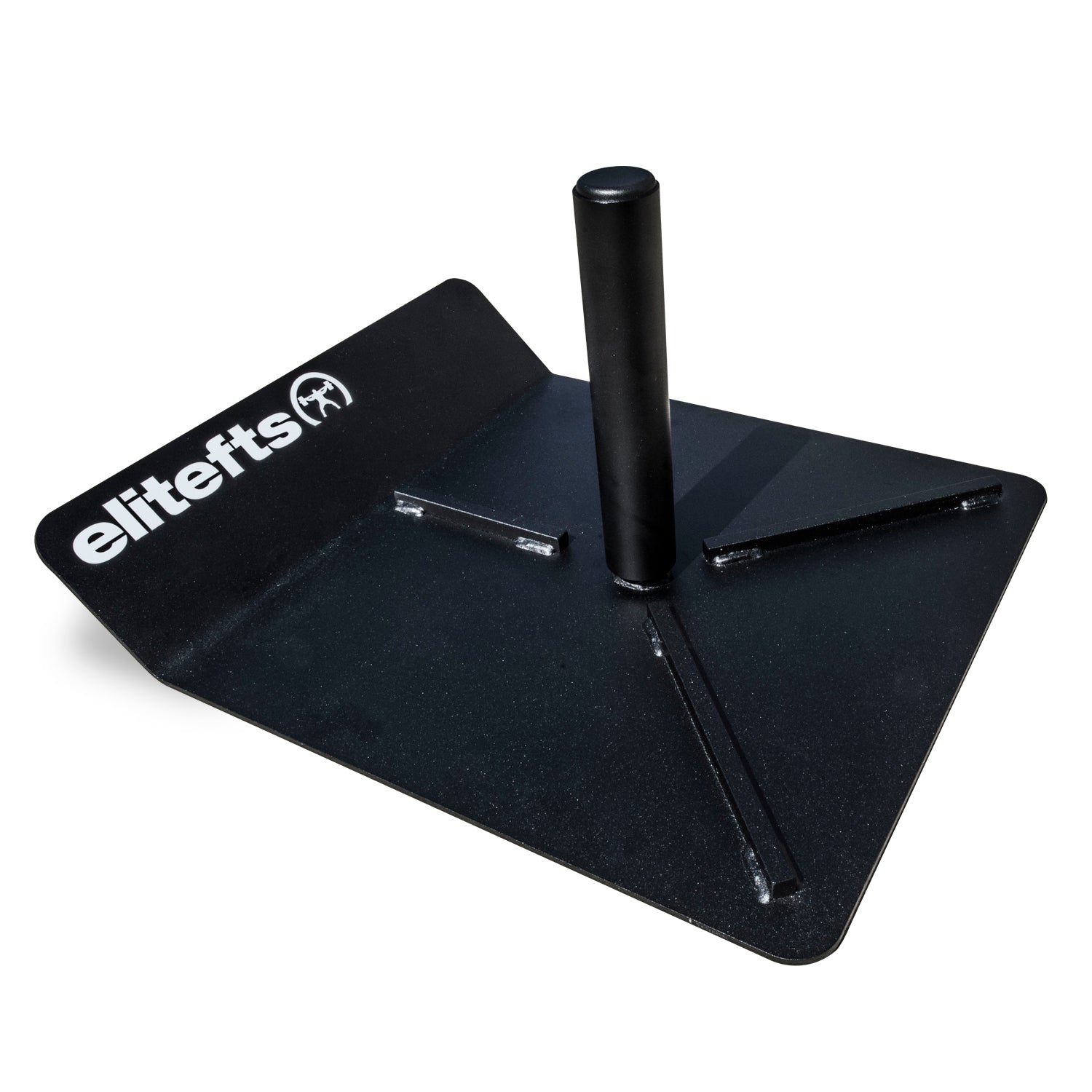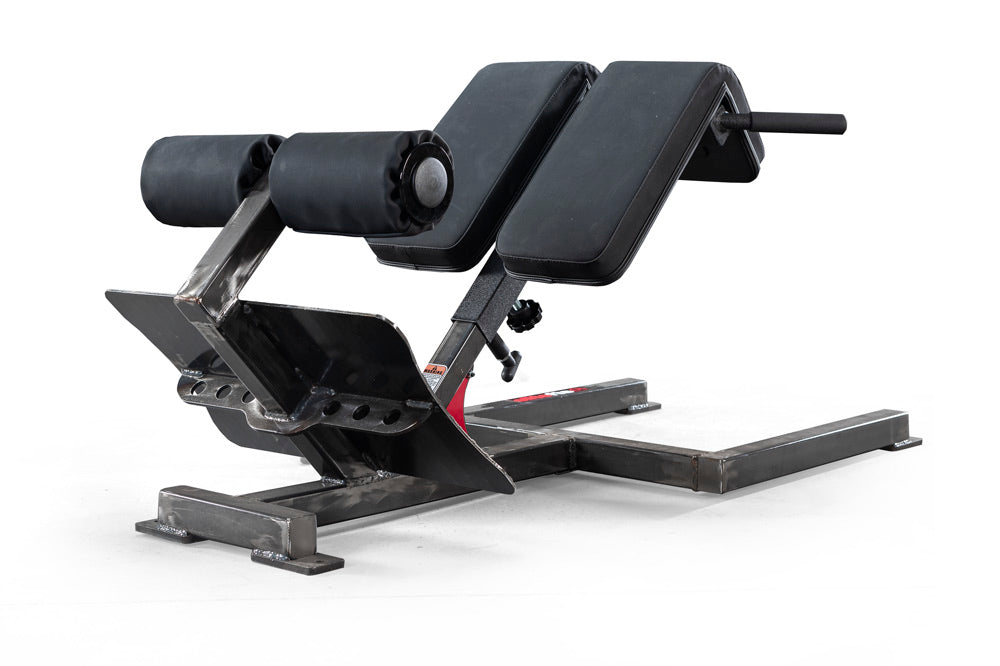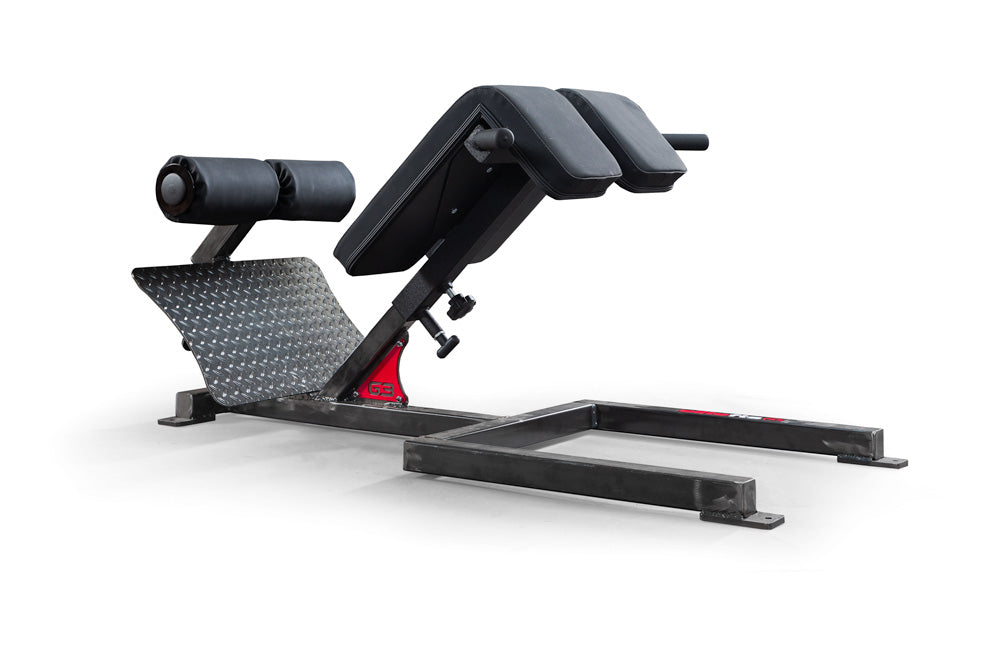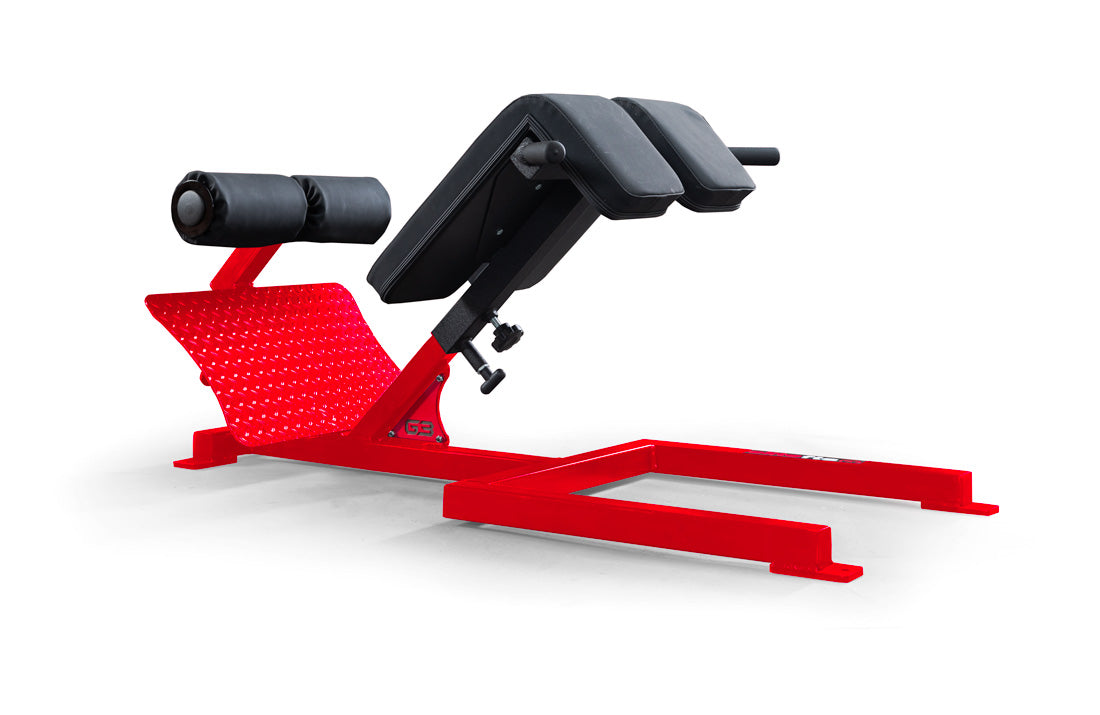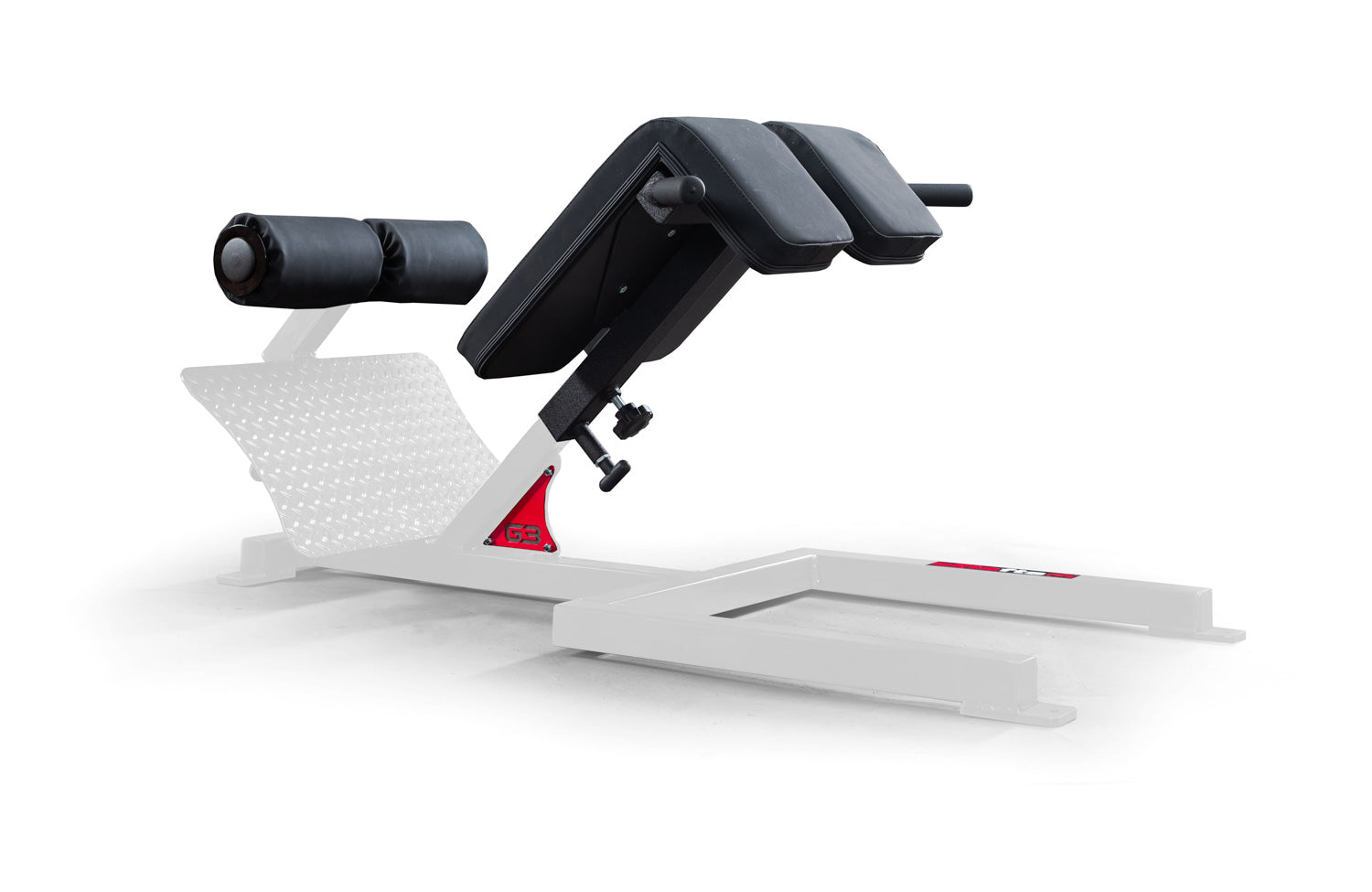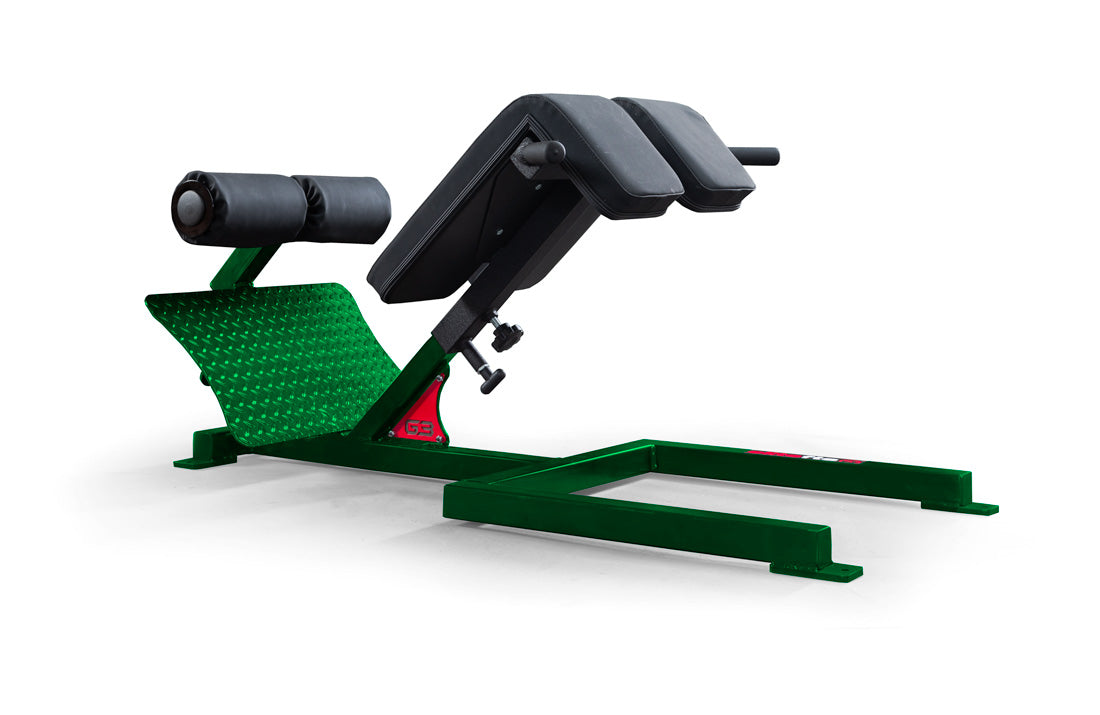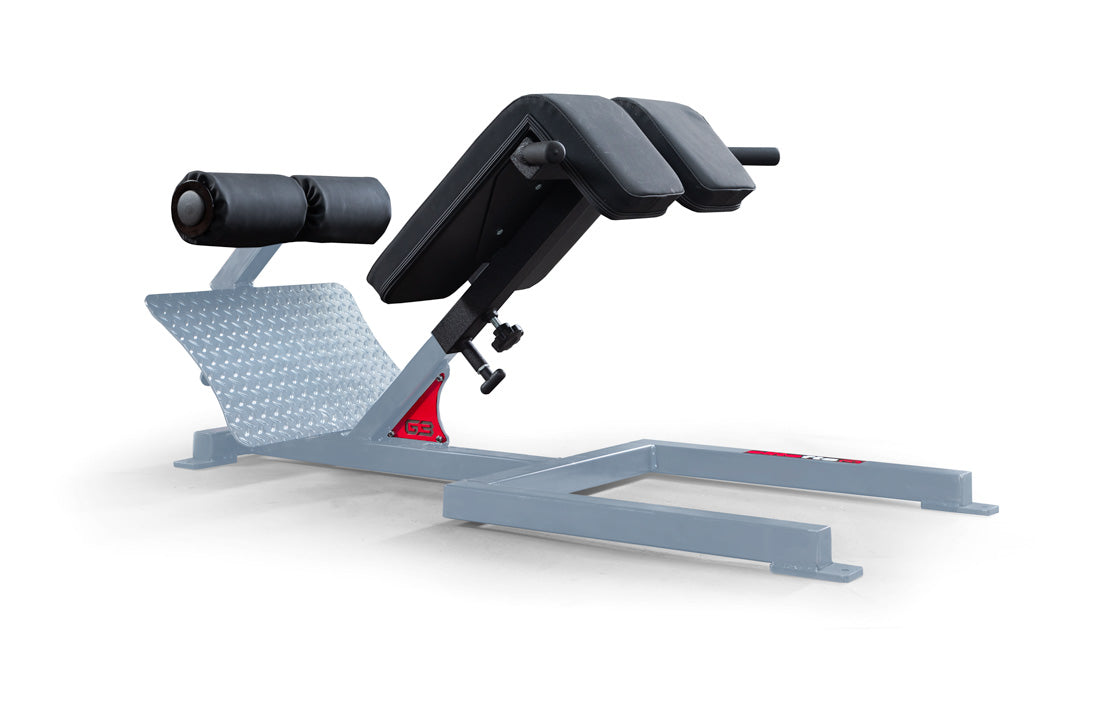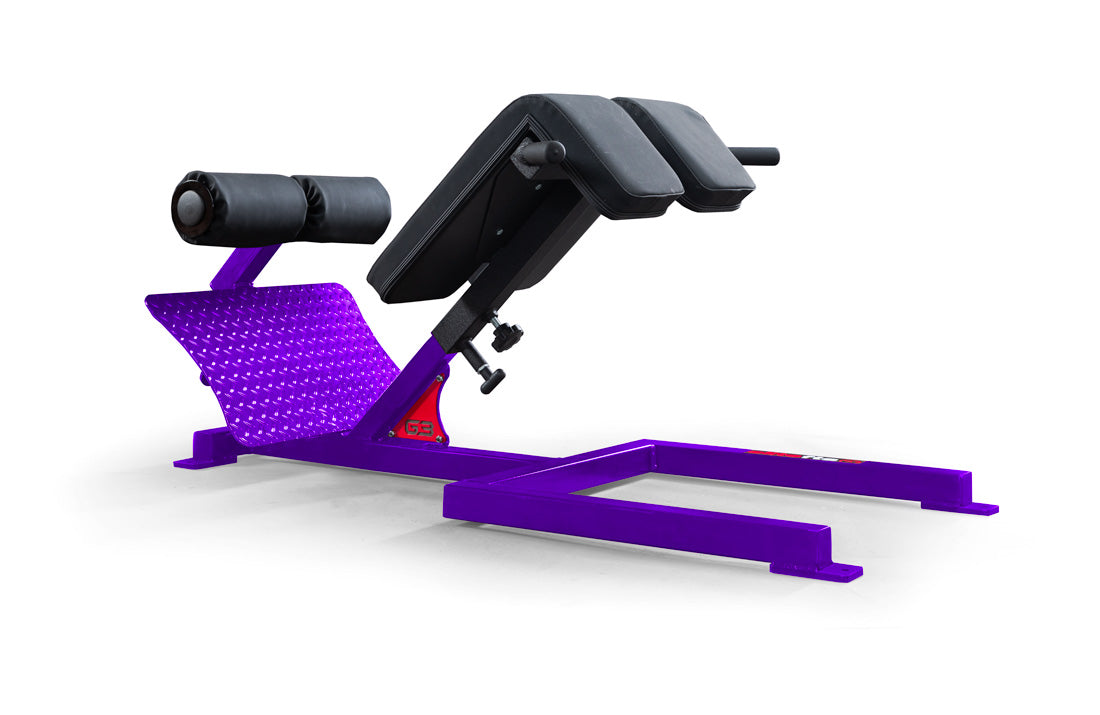After a long day of squatting, benching, and deadlifting, your powerlifting meet is officially in the books. You may be leaving with a strong feeling of satisfaction after a day of PRs, white lights, and awards or maybe your car ride home consists of quiet introspection about why you missed lifts, got red lights, or even bombed out. No matter which situation you're in, one feeling will be present when the dust settles: an overwhelming desire to be better next time. A big part of improving the performance at your next powerlifting meet is the work you put in further out from competition (or the “off-season”).
Depending on what type of periodization you use for training, you may have a different technical term for the time further out from competition. However, for the sake of simplicity in this article, we will just refer to this period of time as the “off-season.”
The first step to planning your off-season programming is to figure out exactly what you need to work on. For this step, we’ll take a page out of a business textbook and perform a SWOT analysis. In business, a SWOT analysis provides information that helps an organization see how its resources stack up against the external environment (or competition) and analyze what needs improvement moving forward. This can easily translate to the powerlifter’s analysis against his competition as well.
The SWOT analysis consists of gathering information on strengths, weaknesses, opportunities, and threats to the organization. The strengths and weaknesses are specific to the individual organization (or in our case, powerlifter), and the opportunities and threats involve external factors like business competition/economy (in our case, federations, gyms, and other lifters).
When examining these factors as it applies to your own lifting, it is important to be honest with yourself. This is where it can be beneficial to have a training partner or coach who you know will keep you accountable and be brutally honest with you (both about positive and negative things). If you choose to ignore an issue in training, don’t expect a different result come next meet time.
Below are some questions to ask yourself regarding each component of your SWOT analysis:
Strengths
- What was successful at your competition (i.e., made weight easily, felt good, completed attempts, hit PRs, won awards, left injury-free)?
- What personal strengths made those successes possible (i.e., stayed consistent with diet, performed necessary mobility and prehabilitation exercises, maintained good level of GPP, used effective planning structure for attempts in training, programmed wisely leading into meet, trained consistently, had good technique)?
Weaknesses
- What was unsuccessful at your competition (i.e., couldn’t make weight, didn’t put weight back on, missed attempts, got injured)?
- What personal weaknesses contributed to the above (i.e., inconsistent diet, improper weight cutting strategy, unwise/inconsistent programming, missed training sessions, neglected mobility, neglected assistance work)?
Opportunities
- What external opportunities present themselves in the time between now and your next competition (i.e., optimal training environment, experienced training partners, coaching, time, equipment)?
Threats
- What external threats pose themselves in the time between now and your next competition (i.e., lack of time, unavoidable life situation, laziness, lack of accountability, injuries)?
These are some examples of questions you should be asking yourself as you perform your own SWOT analysis. As you write these items out, you should begin to see a picture of what your next several months of training should look like. Something about putting these things on paper truly makes you realize the areas you must work on. In order to plan where you're, you need to fully understand where you’ve been (and where you currently are).
The second part of this article series will explain how we can use the information organized in the SWOT analysis to begin programming for your all important off-season.















